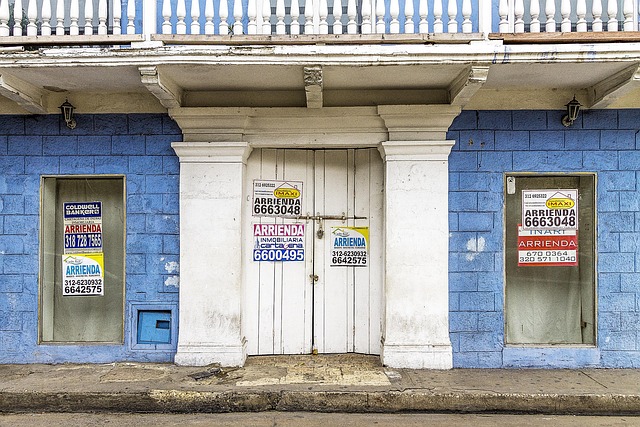How to Get Homeowners Insurance for a Self-Build Property in the UK

Building your own home is an exciting and rewarding endeavor, but it comes with its fair share of challenges. One crucial aspect that often gets overlooked during the self-build process is securing homeowners insurance. In the UK, obtaining insurance for a self-build property can be more complex than for a traditional home purchase. This guide will walk you through the steps to ensure your dream home is protected from day one.
Understanding Homeowners Insurance for Self-Build Properties
Homeowners insurance for a self-build property differs significantly from standard home insurance policies. Traditional policies are designed for completed homes, while self-build insurance covers the construction phase, materials, tools, and the site itself. Once the build is complete, you can transition to a standard homeowner’s insurance policy.
Key Considerations:
- Construction Phase Coverage : Protects against theft, damage, or accidents during the building process.
- Materials and Tools : Covers tools, machinery, and building materials stored on-site.
- Public Liability : Protects you if someone is injured or their property is damaged due to your construction activities.
- Completion Guarantee : Ensures financial protection if the project cannot be completed due to unforeseen circumstances like contractor insolvency.
Step-by-Step Guide to Getting Homeowners Insurance for Your Self-Build Property
Step 1: Assess Your Needs
Before purchasing insurance, evaluate what coverage you need based on your specific situation. Consider factors such as:
- The size and value of your property.
- The duration of the construction period.
- Whether you’ll live on-site during the build.
- Any additional risks associated with your location (e.g., flood zones).
Step 2: Research Specialized Insurers
Not all insurers offer policies tailored to self-build properties. Look for companies specializing in this niche market. Some well-known providers include:
- Aviva
- Hiscox
- NFU Mutual
- Churchill
These insurers understand the unique needs of self-builders and provide comprehensive coverage options.
Step 3: Compare Quotes
Once you’ve identified potential insurers, request quotes. Be sure to compare not just the premiums but also the level of coverage offered. Key areas to check include:
- Excess charges.
- Limits on individual items (e.g., tools or materials).
- Additional features like legal expenses cover.
Use online comparison tools to streamline this process, but always read the fine print to ensure you’re getting adequate protection.
Step 4: Provide Accurate Information
When applying for insurance, accuracy is critical. Misrepresenting details about your project could invalidate your policy. Provide detailed information about:
- The estimated cost of the build.
- The type of materials being used.
- The timeline for completion.
- Any subcontractors involved.
Transparency builds trust with your insurer and ensures you receive the right coverage.
Step 5: Review the Policy Terms
Carefully review the terms and conditions of your chosen policy before signing. Pay attention to:
- Exclusions: What isn’t covered by the policy?
- Claims procedures: How do you file a claim, and what documentation is required?
- Renewal terms: Will the policy automatically renew once the build is complete?
If anything seems unclear, don’t hesitate to ask your insurer for clarification.
Tips for Maximizing Your Coverage
- Invest in Security Measures : Installing CCTV cameras, alarms, and secure storage solutions can reduce your premium by minimizing risk.
- Work with Reputable Contractors : Hiring experienced professionals lowers the likelihood of accidents or delays, which insurers view favorably.
- Regularly Update Your Insurer : If there are changes to your project—such as budget increases or extended timelines—inform your insurer promptly to avoid gaps in coverage.
- Consider Bundling Policies : If you already have other policies with the same insurer, bundling them together may result in discounts.
Common Challenges and Solutions
Challenge: High Premiums
Self-build insurance tends to be more expensive due to the higher perceived risk. To mitigate costs:
- Opt for higher excess amounts where feasible.
- Limit coverage to essential items during the early stages of construction.
Challenge: Limited Provider Options
Finding the right insurer can be daunting. Reach out to independent brokers who specialize in self-build projects; they can negotiate competitive rates on your behalf.
Challenge: Mid-Project Changes
If your plans change mid-build, update your insurer immediately. Failure to do so could leave you underinsured or even void your policy.
Transitioning to Standard Homeowners Insurance
Once your self-build property is complete, it’s time to switch to a standard homeowners insurance policy. Here’s how:
- Notify your current insurer of the project’s completion.
- Shop around for new policies, comparing quotes from multiple providers.
- Ensure the new policy aligns with your post-construction needs, including contents and buildings cover.
Remember, your new policy should reflect the final value of your home, not just the build cost.




